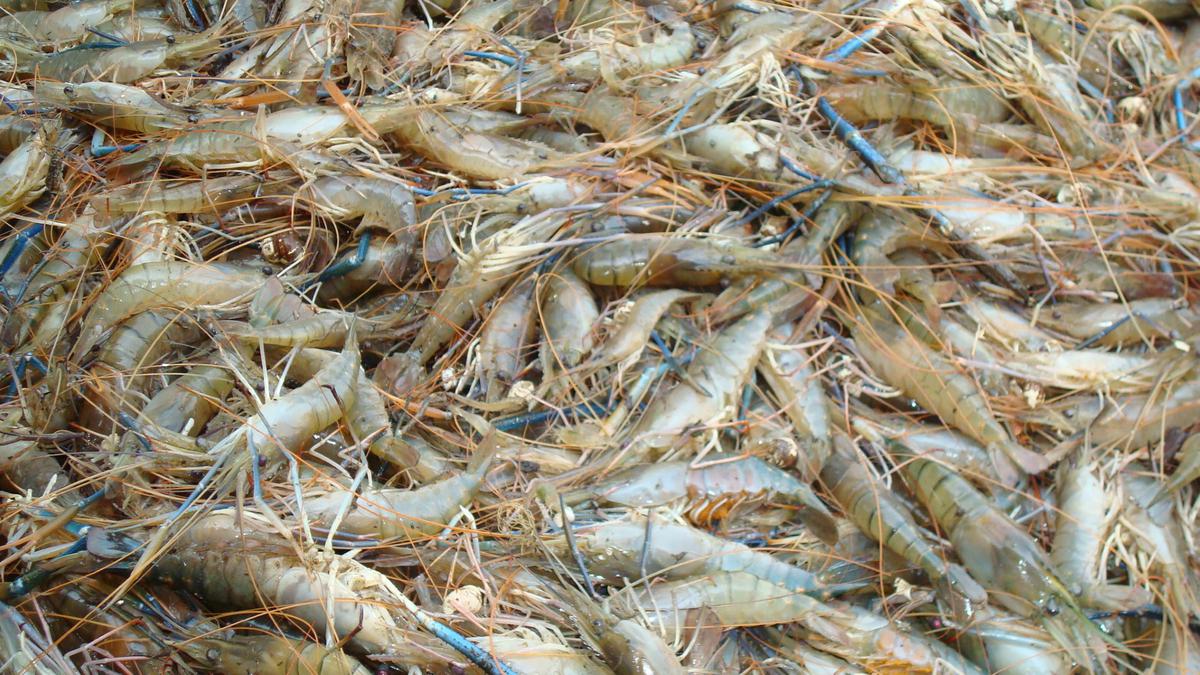
CIFA scientists improve strain of popular scampi prawn making it a fast-growing species
The Hindu
CIFA, an Indian Council of Agriculture Research organisation, has successfully developed a genetically improved fast-growing strain named CIFA-GI Scampi.
The giant freshwater prawn, Macrobrachium rosenbergii, popularly known as ‘scampi, is set to stage a come back to platters of food lovers as scientists of Central Institute of Freshwater Aquaculture (CIFA) developed a genetically improved strain of the prawn.
India, which was one of the major producers of this species, had seen its production going down substantially since 2006 on account of poor growth rate, diseases, inbreeding in farmers’ farms and availability of high-volume producers such as vannamei shrimp and pangas fish. Since scampi’s size had shrunk, fish farmers had also withdrawn from its aquaculture.
Now, CIFA, an Indian Council of Agriculture Research (ICAR) organisation, has successfully developed a genetically improved fast-growing strain named CIFA-GI Scampi, which received official registration in 2020.
“For the breeding programme that spanned 14 generations, meticulous selection of scampi populations was carried out by sourcing the species from geographically diverse regions of India, including Gujarat, Kerala, and Odisha from 2008 to 2020,” said Bindu R. Pillai, Principal Investigator of the Scampi Project.
In 2021, under the Prime Minister Matsya Sampada Yojana (PMMSY), a Central sector scheme, the Department of Fisheries had sanctioned a project to scale up the genetic improvement programme with funding support to the tune of ₹4 crore. According to CIFA, the PMMSY funding support helped scale up the infrastructure facilities for the production of new generations of ‘CIFA-GI Scampi’.
“The scampi will definitely be preferred for fish farming in inland waters. As the harvest period is only seven months, the CIFA-GI Scampi farming is expected to give bumper return,” said Dr. Pillai.
According to CIFA, the multiplier hatcheries can produce around 400 million seed from the supplied brood seed which can bring about an additional production area from 12,500 to 25,000 ha.





















 Run 3 Space | Play Space Running Game
Run 3 Space | Play Space Running Game Traffic Jam 3D | Online Racing Game
Traffic Jam 3D | Online Racing Game Duck Hunt | Play Old Classic Game
Duck Hunt | Play Old Classic Game











